LH
(Specimen Container)
SST (Tiger Top) Lithium Heparin/ Sodium Heparin
(Transport Temperature)
| Temperature | Period |
|---|---|
| Room temperature | Unacceptable |
| Refrigerated | 7 days |
| Frozen | If testing is delayed more than 7 days, store at -10°C or colder. |
Human luteinizing hormone (LH, lutropin) is a glycoprotein hormone with two dissimilar subunits (α and β). The α-subunit is essentially identical to the α-subunits of follicle stimulating hormone (FSH, follitropin), thyroid stimulating hormone (TSH, thyrotropin), and human chorionic gonadotropin (hCG). The β-subunit is considerably different from that of FSH and TSH. However, the β-subunits of LH and hCG are very similar.
LH, together with FSH, is secreted by the gonadotroph cells in the pituitary in response to the secretion of the gonadotropin releasing hormone (LHRH, GnRH) from the medial basal hypothalamus. Ovarian steroids, principally estrogens, modulate the secretion of LH and FSH which in turn regulate the menstrual cycle in females. When the follicle and the ovum contained within it, reach maturity, a surge of LH causes the follicle to rupture releasing the ovum. The follicular remnant is transformed into a corpus luteum, which secretes progesterone and estradiol. During the follicular and luteal phases, LH concentrations are much lower than the levels observed at the time of the LH surge. During the follicular and luteal phases, the estrogens exert a negative feedback on the release of LH. Shortly before the mid-cycle surge in LH, ovarian steroids, specifically estradiol, exert a positive feedback on the release of LH.
Determination of the concentration of LH is essential for the prediction of ovulation, in the evaluation of infertility, and the diagnosis of pituitary and gonadal disorders. Increasing concentrations of LH precede ovulation and in cases in which the period of optimal fertility needs to be defined for the timing of intercourse or artificial insemination, daily concentrations of LH are important for the prediction of ovulation. More frequent sampling is required if the precise time of follicular rupture is needed for egg aspiration for in vitro fertilization.
At menopause, or following ovariectomy in women, concentrations of estrogens decline to low levels. The lowered concentrations of estrogens result in a loss of the negative feedback on gonadotropin release. The consequence is an increase in the concentrations of LH and FSH. The primary role of LH in the male is to stimulate the production of testosterone by the Leydig cells. LH, through the production of testosterone together with FSH, regulates spermatogenesis in the Sertoli cells of the seminiferous tubules of the testes. Testosterone exerts a negative feedback on the release of LH.
In sexually mature adults, gonadotropin deficiency is usually an early indication of the development of panhypopituitarism. Low concentrations of LH, FSH, and steroids are observed with this disorder. In contrast, gonadotropin secreting tumors of the hypothalamus and pituitary result in elevated concentrations of LH and FSH. Gonadal failure, a cause of infertility, is indicated by elevated concentrations of LH and FSH accompanied by low concentrations of gonadal steroids. In the female, elevated concentrations of LH can indicate primary amenorrhea, menopause, premature ovarian failure, polycystic ovarian syndrome, hypergonadotropic hypogonadism, or ovulation. In the male, elevated concentrations of LH can result from primary testicular failure, seminiferous tubule dysgenesis (Klinefelter’s syndrome), Sertoli cell failure, anorchia, or hypergonadotropic hypogonadism.
Male:
0.57 – 12.07 mIU/mL (No Min Age Limit – No Max Age Limit)
Female:
1.80 – 11.78 mIU/mL (Follicular Phase)
7.59 – 89.08 mIU/mL (Mid-Cycle Peak)
0.56 – 14.00 mIU/mL (Luteal Phase)
5.16 – 61.99 mIU/mL (Postmenopausal without HRT)

